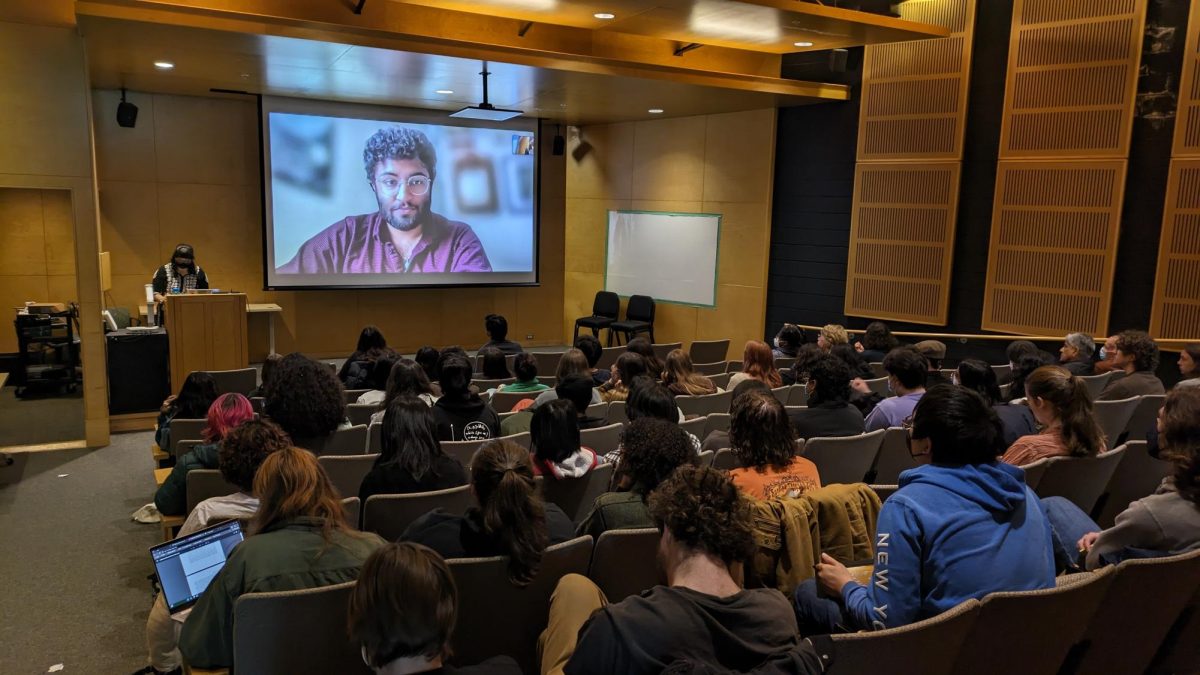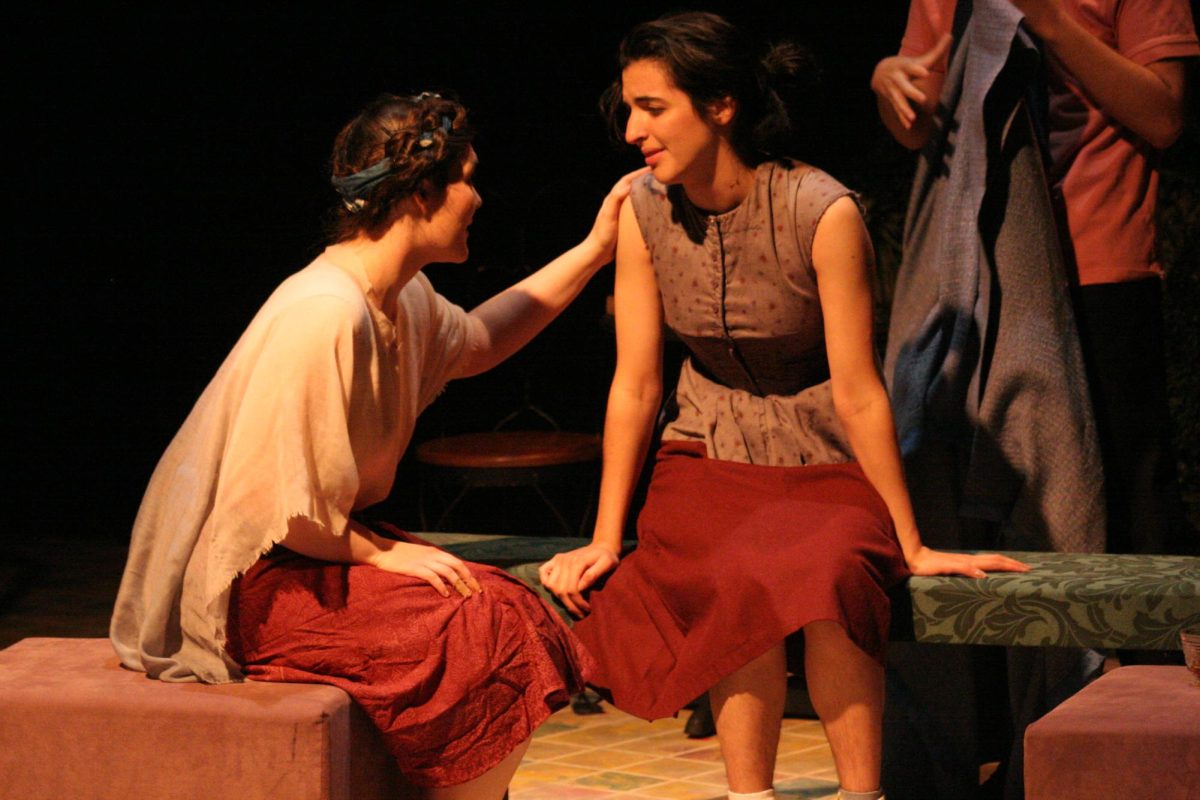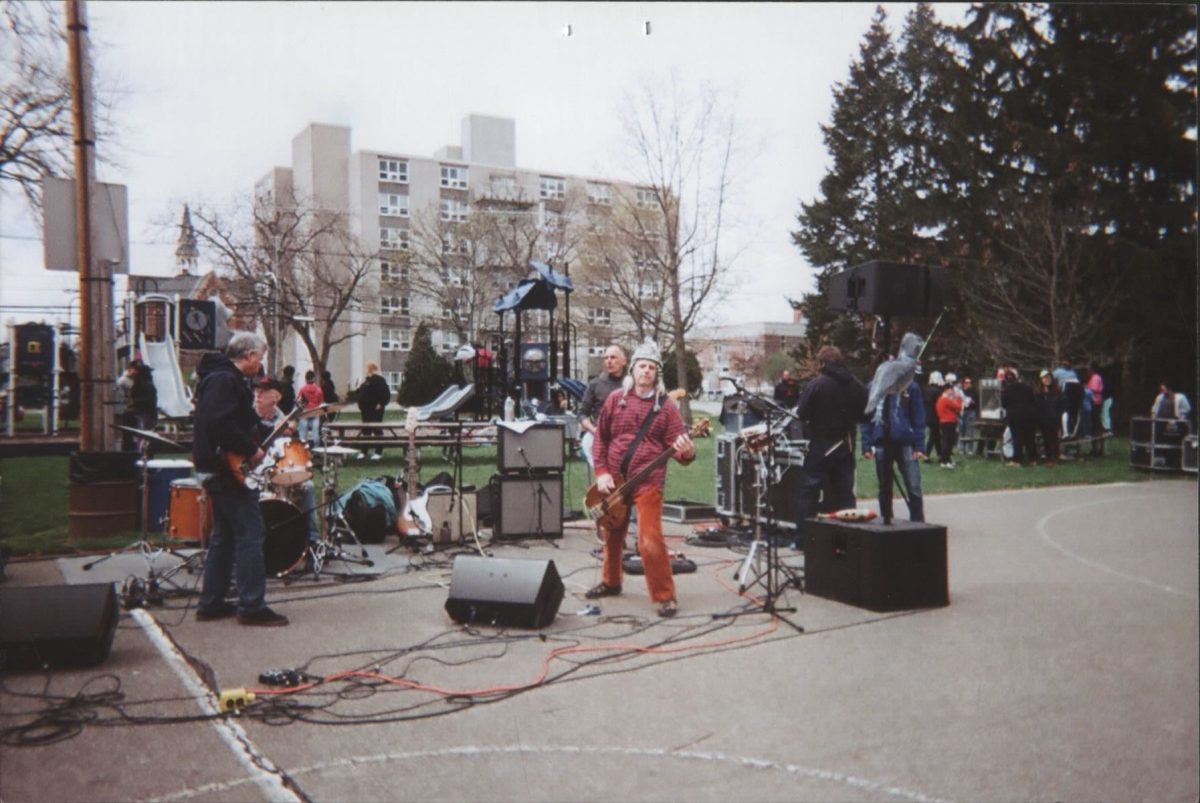Largest U.S. Climate Rally Heavily Attended by Oberlin Students
February 22, 2013
Some 50,000 people, including dozens of Oberlin students, gathered for the “Forward on Climate” rally in downtown Washington, D.C., last Sunday, Feb. 17, to urge President Obama to reject the permit for TransCanada to build the Keystone XL pipeline.
The pipeline has been contentious since its proposal a few years ago, lying at the intersection of arguments about energy dependence, climate change and job creation. The environmental network 350 — as well as the Sierra Club, the Hip Hop Caucus and a host of other advocacy groups — organized the event. Former White House advisor Bill McKibben, 350.org founder Van Jones and others spoke near the Washington Monument; the crowd then marched to the White House.
Zia Kandler, College first-year and member of Oberlin Anti-Frack, helped to provide transportation from the campus to the capitol.
“Essentially we sent an e-mail, and it was full with a wait list [for transportation to D.C.] — from one e-mail,” Kandler said. The Student Finance Committee provided $2,600 for the trip.
Jackson Kusiak, College sophomore Environmental Studies major and member of Oberlin Anti-Frack, served as a street medic on Sunday. Kusiak said he thinks the high student enthusiasm for the event indicated positive momentum for climate activism at Oberlin and elsewhere.
“There were 56 people who got on the bus to go to the Keystone rally. I think that’s pretty significant, and it wasn’t that difficult to mobilize them — we actually had many more people who wanted to go who weren’t able to,” Kusiak said. “This proves to me that the environmental movement is growing and that people are at least willing to take small action to deal with it.”
The demonstration — according to some the largest climate rally in U.S. history — served to foster solidarity among organizations and individuals with climate concerns.
“Organizations that arise out of an impetus to do things environmentally are disconnected, and they do great work but don’t ever see each other — and so that kind of undercuts a movement from being built. I think it was really valuable for me to see 50,000 people with the same agenda,” said College sophomore and Environmental Studies major Sophie Becker, who attended the rally.
Kusiak stressed the significance of the event for the wider climate justice movement.
“This did get on the front page of the New York Times, this was on CNN, this was on the front page of a French newspaper, this was a really big event that I think adds strength and credence to the fact that the climate movement is growing,” he said. “We were intending to do a show of force of people who would be within Obama’s base of supporters, to prove to him that his supporters care about climate justice.”
The gathering revived old connections as well as created new ones. Kusiak worked again with a number of people from past climate justice action in Ohio and Massachusetts. Jacob Firman, College first-year and member of the Responsible Investing Organization, said he was excited to see activists he recognized from the Occupy Wall Street movement and to find that other college campuses like Hampshire had divestment campaigns similar to RIO.
Students in attendance emphasized the empowerment stemming from the day’s proceedings and their desire to carry the momentum back to Oberlin.
“The more that we show people the strength of people-power, the more we can ask people to dedicate a little bit more of their time to organizing and the more we can ask people to take a little bit more escalated action — and so I think this was a pretty low-risk action that will help build our environmental movement on campus,” said Kusiak.
Kandler agreed. “It was really empowering to be around […] many other people who you could connect with on such a big level, where you felt that we were fighting for the same thing and actively taking steps to make that happen. Hopefully for other people that was a similar experience, and we’ll all be able to come back to Oberlin and give our movement a little more drive,” she said.














